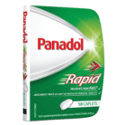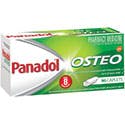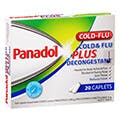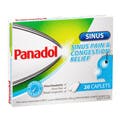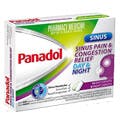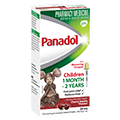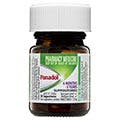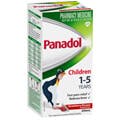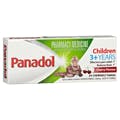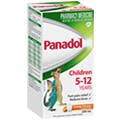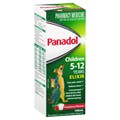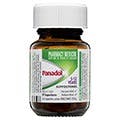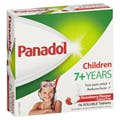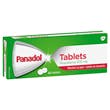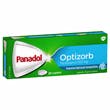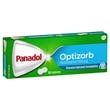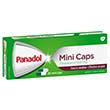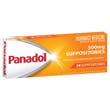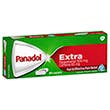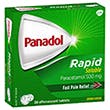

Colourfree Baby Drops 1-2 Months

Colourfree Suspension 1-5 Years

Chewable Tablets 3+

Suppositories 6 Months - 5 Years

Colourfree Suspension 5-12 Years

Elixir 5 - 12 Years

Suppositories 5-12 Years

Soluble 7+

Panadol Tablets

Panadol Caplets with Optizorb Formulation

Panadol Tablets with Optizorb Formulation

Panadol Gel Caps

Panadol Mini Caps

Panadol Suppositories

Panadol Back & Neck

Panadol Extra Caplets

Panadol Rapid Soluble

Panadol Rapid Caplets

Panado Rapid Handipak

Panadol Back & Neck Long Lasting

Panadol Osteo

Panadol Cold & Flu + Decongestant

Panadol Cold & Flu - Flu Strength (Day & Night)

Panadol Cold & Flu Relief + Cough

Panadol Cold & Flu MAX Hot Lemon
Compare Now (0/5)
- Product
- Format
- Age
- Key Features
- Ingredients

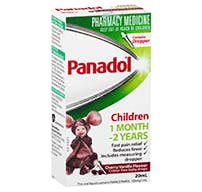
Colourfree Baby Drops 1-2 Months
- Concentrated Drops
- 1 Month - 2 Years
- Gentle on Tiny Tummies
- 500mg Paracetamol
- No gluten, lactose or sugar

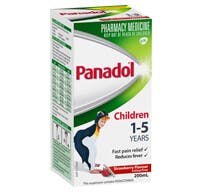
Colourfree Suspension 1-5 Years
- Suspension
- 1-5 Years
- Strawberry/Orange Flavour
- Active Ingredient: Paracetamol 24 mg/mL

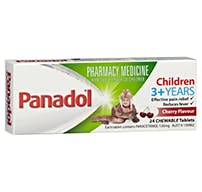
Chewable Tablets 3+
- Dissolvable Tablets
- 1-5 Years
- Perfect For Travel
- Active Ingredient: 120mg of Paracetamol per tablet


Suppositories 6 Months - 5 Years
- Suppositories
- 6 Months - 5 Years
- For vomiting
- Active ingredient: Paracetamol 125mg per suppository.

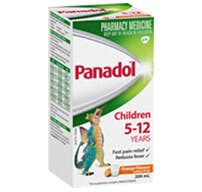
Colourfree Suspension 5-12 Years
- Suspension
- 5-12 Years
- Strawberry/Orange Flavour
- Active ingredient: Paracetamol 48 mg/mL

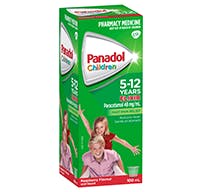
Elixir 5 - 12 Years
- Suspension
- 5-12 Years
- Fast & gentle relief
- Active ingredient: Paracetamol 48 mg/mL

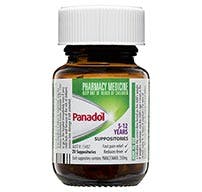
Suppositories 5-12 Years
- Suppositories
- 5-12 Years
- For vomiting
- Active ingredient: 250mg Paracetamol per suppository

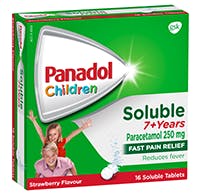
Soluble 7+
- Effervescent Tablets
- 7+ Years
- Absorbed quicker
- Active ingredient: Paracetamol

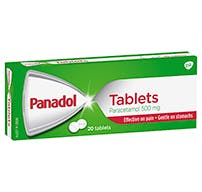
Panadol Tablets
- Tablets
- 12+ Years
- Basic Pain
- Active ingredient: 500mg Paracetamol

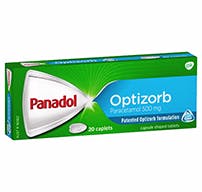
Panadol Caplets with Optizorb Formulation
- Caplets
- 12+ Years
- Quicker Absorbtion
- Active ingredient: 500mg Paracetamol

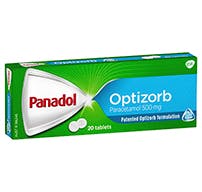
Panadol Tablets with Optizorb Formulation
- Tablets
- 12+ Years
- Quicker Absorbtion
- Active ingredient: 500mg Paracetamol

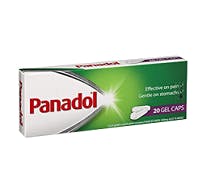
Panadol Gel Caps
- Caplets
- 12+ Years
- Easier to swallow
- Active ingredient: 500mg Paracetamol

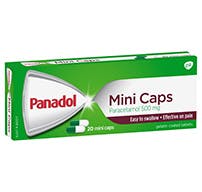
Panadol Mini Caps
- Caplets
- 12+ Years
- Easier to swallow
- Active ingredient: 500mg Paracetamol

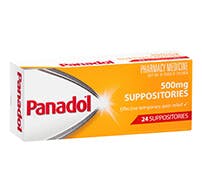
Panadol Suppositories
- Suppositories
- 12+ Years
- For vomiting
- Active ingredient: 500mg Paracetamol per suppository.

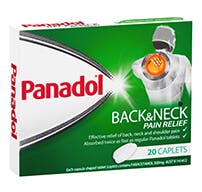
Panadol Back & Neck
- Caplets
- 12+ Years
- Fights Back Pain
- Active ingredient: 500mg Paracetamol

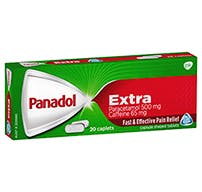
Panadol Extra Caplets
- Caplets
- 12+ Years
- Fight Tough Pai
- Active ingredient: 500mg Paracetamol , 65mg caffeine

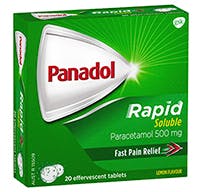
Panadol Rapid Soluble
- Dissolvable Tablets
- 12+ Years
- Absorbed 2x Faster
- Active ingredient: 500mg Paracetamol

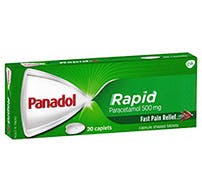
Panadol Rapid Caplets
- Caplets
- 12+ Years
- Absorbed 2x Faster
- Active ingredient: Paracetamol

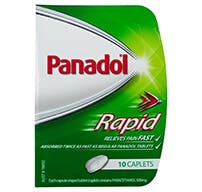
Panado Rapid Handipak
- Caplets
- 12+ Years
- Absorbed 2x Faster
- Active ingredient: 500mg Paracetamol


Panadol Back & Neck Long Lasting
- Caplets
- 12+ Years
- Up to 8 hours
- Active ingredient: 655mg Paracetamol

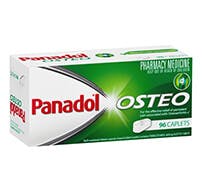
Panadol Osteo
- Tablets
- 12+ Years
- Up to 8 hours
- Active ingredient: 665mg Paracetamol

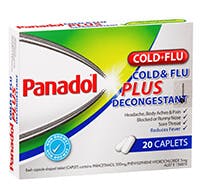
Panadol Cold & Flu + Decongestant
- Caplets
- 12+ Years
- With Decongestant
- 500mg Paracetamol


Panadol Cold & Flu - Flu Strength (Day & Night)
- Caplets
- 12+ Years
- Day & Night Relief
- 500mg Paracetamol


Panadol Cold & Flu Relief + Cough
- Caplets
- 12+ Years
- Cough Relief
- 500mg Paracetamol
Minimise
Breast feeding
The benefits of breastfeeding are many, for both you and your baby. Your breastmilk increases baby’s resistance to infection and disease, satisfies both hunger and thirst, and meets all their nutritional needs for the first 6 months. As well as being fresh, cheap and convenient, it helps create a close and loving bond between you and the baby. It also helps your uterus return to its normal size. For as long as you breastfeed, you and your baby will benefit.

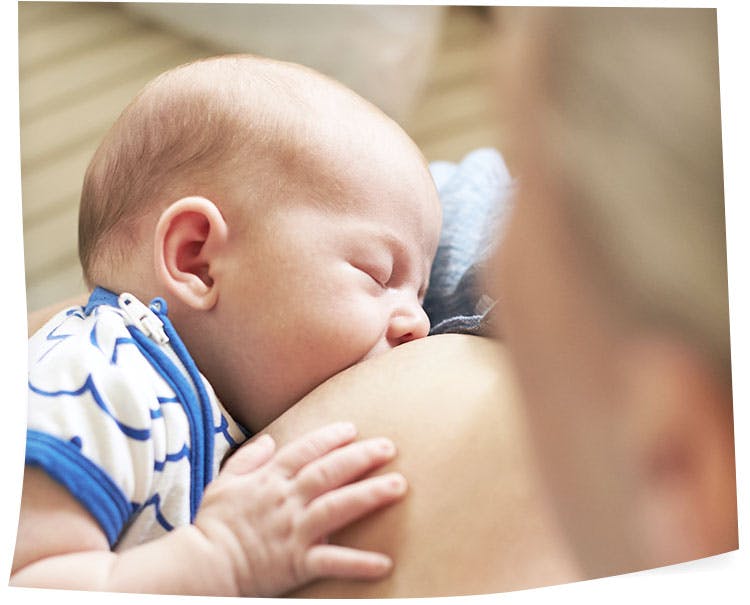

Your breast milk increases baby’s resistance to infection and disease, and satisfies both hunger and thirst.
Although breastfeeding is a natural process, it does not always come naturally. For some, it may take up to 8 weeks to feel confident about breastfeeding. Persistence, professional support and encouragement from your family will help get you through this period.
The first feed
If possible, try to breastfeed your baby as soon as possible after birth, as most babies are alert and have a strong desire to suck. Making an attempt in the first half hour is good. Your body will have already produced colostrum (baby’s first milk), which is ideal for your newborn baby.

.png?auto=format)
How to breastfeed
- Make yourself comfortable
If in bed, make sure your back is well supported. If sitting, ensure you have a comfortable chair that supports your back and neck. If sitting is uncomfortable after the birth, or you have incision pain following a caesarean section, try putting your feet on a low stool and slightly bending your knees. This will take the pressure off the sensitive areas. - Position the baby
There are many different positions that you can use for breastfeeding. Try several positions until you find the best one for you and your baby. Hold your baby close to you, chest to chest and chin to breast with your nipple opposite baby's mouth. Gently touch baby's lips with your nipple, which stimulates their ‘rooting’ reflex, encouraging them to turn towards the nipple and open their mouth. - Ensure correct attachment
Make sure that your nipple, and as much as possible of your areola (the darker area around your nipple), is in baby's mouth. This will stimulate their sucking reflex. Baby’s chin should be touching the breast and their nose just free enough to breathe. As they feed, you should feel a pulling or tugging sensation. If it pinches or hurts, take your baby off the breast by inserting your finger between their gums and pulling downwards gently to break the suction. Then put baby back to the breast. Correct attachment is the key to successful breastfeeding. - Offer the second breast
Let your baby feed until they let go of the nipple, then burp them and offer them the second breast (even if they don’t take much from the second side). Start the next feed with the second breast, as it hasn’t been drained as completely.
How long should your baby feed?
The duration of feeds will vary, with a short feed lasting 5–10 minutes and a long feed lasting up to 45 minutes or more. The duration will shorten as babies grow and become more efficient at sucking.
Breastfeeding tips
- Keep track of the last breast used by putting a paper clip or safety pin on your bra cup or keep a record on your phone.
- Feel how heavy and full your breasts are before a feed. If baby has had a good feed, your breasts should feel lighter and softer afterwards.
How many feeds?
Your baby may need to feed very frequently in the first weeks of life. While it is common for babies to breastfeed 8 to 12 times in a 24-hour period, some babies may need fewer feeds and some more.
As baby grows they will go for longer between feeds, although remember that feeding frequency will increase again during growth spurts. Some babies may continue to wake for night feeds for at least 6 months.
How will I know if my baby is getting enough milk?
- Generally they seem content after a feed (unless they have reflux or colic).
- They have 6-8 wet nappies in 24 hours (the urine should be almost colourless).
- They have 1-4 soft or runny bowel motions in 24 hours (browny yellow and possibly grainy appearance).
- They have a weight gain of 150-200 grams per week in the first 3 months. Weigh your baby once a week to monitor this, using the same scales. You could do this at your Child and Family Health Centre.
Consult your Child Health Nurse if you need further advice.
Looking after yourself
Eat a healthy balanced diet with three meals and two small snacks per day. Ensure you have something to drink each time the baby feeds so you don’t get thirsty. Try to take the opportunity to sleep or rest when your baby is asleep.












